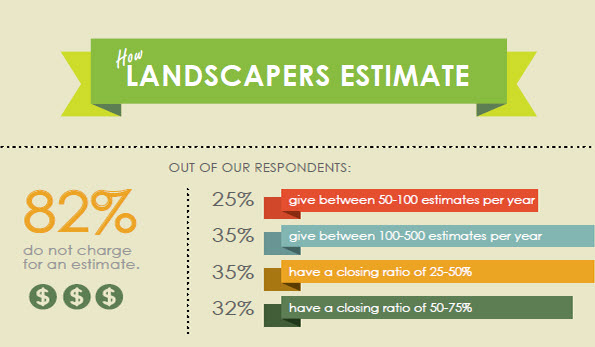Is Your Service Business Over-Diversified?

Is your landscaping or pavement maintenance company over-diversified?
When I first started my business in 1979 I mowed lawns, mulched yards, cut firewood, cleaned gutters, and did just about everything else my clients asked me to do. As my business grew and I began taking on more clients, I started to realize that it’s too hard to be everything to everybody.
At the end of the day, it’s just not feasible to say yes to everything. Typically, small businesses are not equipped to competitively provide all types of services and make a profit, and they must draw a line and decide to keep their service lines intact.
This is much easier said than done though. It’s hard to say no to a client when you want to be the “go-to” company. It’s also hard to stop offering a service that you are passionate about or enjoy because it doesn’t provide a good return on your time to perform it.
So how do you make this determination? What can you do to evaluate your business before you get to a breaking point?
Examine Your Profit Centers
Start by examining your profit centers. Your profit and loss (P&L) statement will be very telling, as will be dissecting your customer base and measuring your return on investment (ROI) and return on your time (ROT) to perform your service offerings.
Take a look at your largest profit center first. What does this profit center return to you in dollars as well as percentage of your business? Do this for each profit center you have in your company.
Next look at your customer base. You have to pull out key indicators about the customers in each profit center to truly know the value of performing the services in that profit center.
- Answer the following questions about your customer base in order to expose the risks associated with the profit center and help you evaluate it:
- How many customers does your profit center service?
- What is the average revenue a customer provides in your profit center?
If you remove the three largest customers and then redo the above calculation, what happens to the average? Remove the smallest three customers and do the same calculations.
What are your averages telling you? If removing your top three clients drops your average revenue per customer significantly, then you know your exposure is high if you lose one of them. You also know that this profit center, if left unchanged, might be a risky area to devote a lot of the company’s time and resources.
Your retention rate is another telltale sign of the value of the profit center. The longer you retain a customer, or the more frequently a customer does business with you, the greater value they have to your business (provided they’re profitable to work for). It’s also likely the profit center has a greater value to your business.
A healthy profit center has balance between the customers and good margins that allow for a consistent profit return, and a sustainable customer that continues to do business with you year after year. If this isn’t the case for one of your profit centers, you really need to know your ROI and ROT for the services to determine its value to your business.
Measure your ROI and ROT
Capital intensity, management intensity, overall expertise and completion timeline are all pieces of the profit center valuation puzzle. You have to know how much time and resources you and your key people are devoting to winning and servicing the work in each of your profit centers.
If you don’t know these numbers, start tracking your job costs and direct overhead costs associated with performing the work for that profit center or customer base.
A general sales report is a must to help you determine your ROI and ROT. How many bids or dollars (time spent on payroll, etc., to get the bid done) does it take to win the work in your profit centers?
Are you over-diversified?
Running a business and trying to employ people and compete is tough enough without making it even more challenging by spreading yourself thin among too many markets or profit centers.
The fewer business lines you have the greater the opportunity to become competent and profitable in them. Offering multiple services for different revenue streams is a good thing, but don’t diversify too much. Complementary services that serve the same customer base is the way to go.
This article originally appeared in my November/December 2014 column in Snow Business.










Leave a Reply
Want to join the discussion?Feel free to contribute!